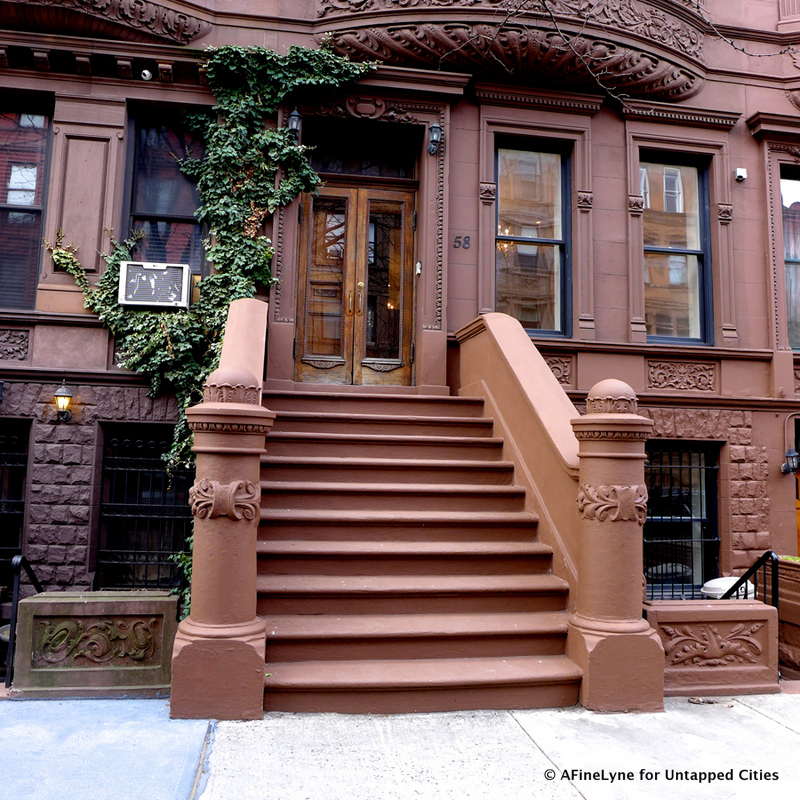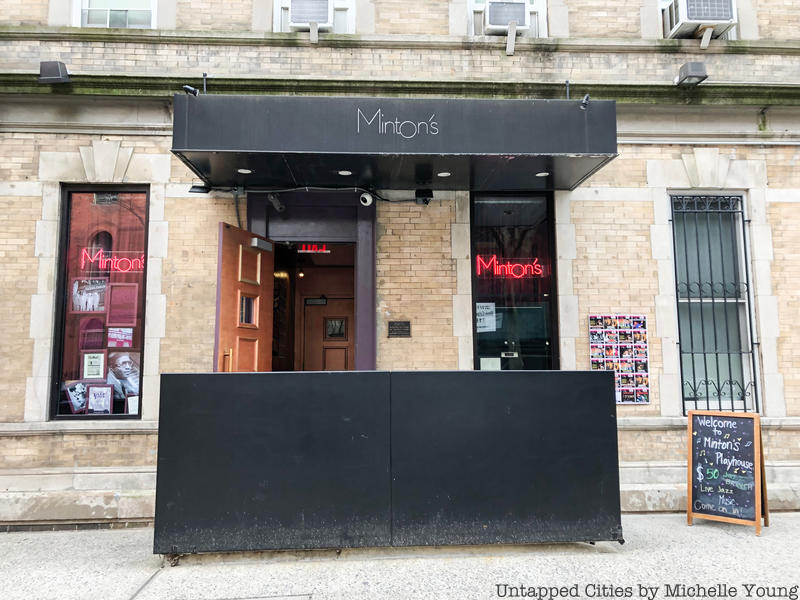Cultural Sites
Harlem Townhouse of Maya Angelou

Maya Angelou is perhaps one of America’s most renowned figures of recent times. The civil rights activist and author primarily lived in Salem, North Carolina but also owned a town house in Harlem that she could call home.
When Angelou passed away in May 2014, her home in the Mount Morris Park was eventually sold for $4.08 million in 2016. Angelou herself had bought the place in 2002 for only $435,000 and she began renovating it with the help of architect Marc Anderson. The renovation, completed in 2004, kept parts of the original state of the building in order to keep its nostalgic integrity.
Minton’s Playhouse

Minton’s Playhouse is world famous jazz bar that sits on the first floor of the Cecil Hotel at 210 West 118th Street. The bar was opened in 1938 by musician Henry Minton. Minton is famous for having a huge role in the development of modern jazz.
The jazz bar has featured some of the genre’s greatest talents, including Dizzy Gillespie, Thelonious Monk, and Count Bassie.
The venue was initially closed in 1974, but was renovated and reopened in 2006, before shuttering again for more renovations beginning in 2013. Minton’s Playhouse is now a part of the U.S. National Register of Historic Places and has officially reopened once again.
Apollo Theater

The Apollo Theater at 253 West 125th Street between Adam Clayton Powell, Jr. Boulevard and Frederick Douglass Boulevard is one of the most famous music venues in the world. Stars like Marvin Gaye, The Jackson 5, Billie Holiday, and many more have performed on the historic stage. The theater was so universally acclaimed that it was the first place The Beatles wanted to see when they arrived in America in 1964.
Like most of Harlem, the Apollo Theater was a significant site during the Civil Rights Movement, becoming the first theater to allow mixed-race audiences after its re-opening (and following its stint as a burlesque theater).
The theater is acknowledged as a New York City Landmark and listed on the U.S. National Register of Historic Places, and was considered so influential in James Brown’s life and work that his body was brought back to the Apollo before his funeral.
Harlem Stage
In 1979, Harlem Stage opened its doors at 150 Convent Avenue and quickly became one of the neighborhood’s premiere performing arts centers. The theater is a small, intimate venue that was built to celebrate the diverse and unique artistry that has developed in the neighborhood.
The music, dance, and theater is put on by artists of color and is designed to showcase Harlem’s artistic voice and the influence it has/had on the city and American culture.





